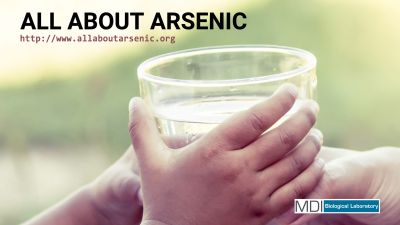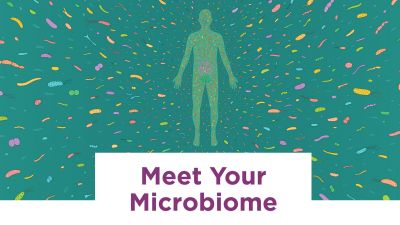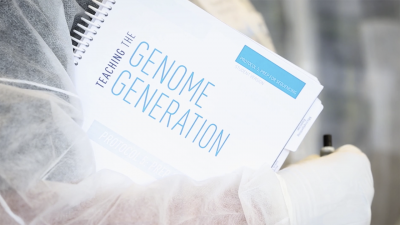Engineering Solutions for Better Health: Genetic Technology and Biomedical Engineering for Secondary Classrooms
-
Project Description
The Engineering Solutions for Better Health project will educate secondary students and teachers about new and emerging technologies that are being used to diagnose and treat health conditions. The overarching goal is to spark students’ interest in careers related to biomedical science.
-
Abstract
The Framework for K-12 Science Education and the Next Generation Science Standards (NGSS) include engineering, technology and applications of science as an important part of students’ learning how science is utilized. However, very few K-12 life science curriculum materials address this important component. As a result, students are not introduced to the full range of biomedical workforce careers, leading to missed opportunities to spark their interest in bioscience and health-related occupations. To address this need, the Genetic Science Learning Center (GSLC) at the University of Utah will utilize the experience it has gained over the past 8 years in developing NGSS-aligned curricula to produce, test and disseminate two innovative curriculum supplement modules that focus on new and emerging technologies that are not yet included in biology textbooks. The biomedical engineering module for middle school (grades 7-8) will focus on computational thinking and engineering design applications that connect to the organ and sensory system units taught at that level. The genetic technologies module for high school (grades 9-10) will focus on ways that new and emerging technologies can be used together to diagnose and treat complex human health conditions. The goals for the Engineering Solutions for Better Health: Genetic Technology and Biomedical Engineering for Secondary Science project are to: GOAL 1: Promote biomedical workforce development by engaging secondary-level students with engineering and technology applications in healthcare via new curriculum replacement modules so they can make informed choices related to careers. Approach: Involve teachers at schools with a majority of students who are underrepresented in biomedical research (UBR) in drafting each module, testing activities with their students, and refining it. Produce curriculum-embedded videos of UBR students interacting with UBR individuals in the biomedical workplace who are developing or using the featured technologies. Conduct a RCT with UBR students to evaluate each module’s efficacy for student learning and increased career interest. GOAL 2: Support biomedical workforce development through professional development courses and workshops that educate teachers about genetic technologies and biomedical engineering and prepare them to implement the curriculum supplement modules with their students. Approach: Offer 4 online courses, recruiting at least 120 teachers from across the US, focusing those at schools with a majority of UBR students. Present at least 5 workshops at state, regional and national science teacher conferences. The project will take advantage of the GSLC’s award-winning expertise in developing effective, interactive, multimedia learning experiences; its published methods for involving teachers in curriculum development; and its extensive experience in teacher professional development. The modules will be broadly disseminated via our Learn.Genetics and Teach.Genetics websites, which are used annually by >16 million visitors worldwide.






